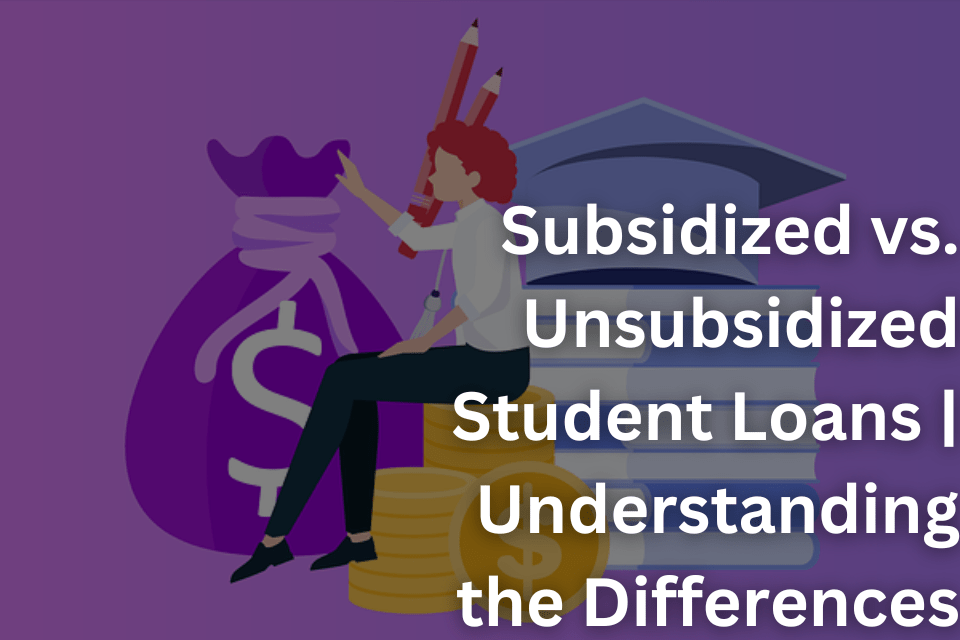Student loans are a popular way for many students to finance their education. However, not all student loans are the same. Two of the most common types of student loans are subsidized and unsubsidized loans. Understanding the differences between these two types of loans is important when deciding which type of loan is best for you.
Subsidized Loans
Subsidized loans are need-based loans that are awarded to students with financial need. The government pays the interest on these loans while the student is in school, during the six-month grace period after graduation, and during any deferment periods. This means that the borrower does not accrue interest while in school, which results in a lower overall loan amount.
Unsubsidized Loans
Unsubsidized loans are not based on financial need and are available to all students regardless of income. Interest accrues on unsubsidized loans from the time they are disbursed until they are paid in full. This means that the borrower is responsible for paying the interest that accrues during school, during the grace period, and during any deferment periods. As a result, the overall loan amount will be higher.
Eligibility
To be eligible for a subsidized loan, a student must demonstrate financial need as determined by the FAFSA (Free Application for Federal Student Aid). Unsubsidized loans are not based on financial need, so any student can apply for one.
Interest Rates
Interest rates for subsidized and unsubsidized loans are determined by the government and are the same for both types of loans. However, because the government pays the interest on subsidized loans, the borrower will end up paying less in interest overall.
Loan Limit
There are limits on the amount of money that a student can borrow in the form of subsidized and unsubsidized loans. These limits vary depending on the student’s grade level and dependency status. For example, dependent undergraduate students can borrow up to $5,500 in subsidized and unsubsidized loans in the first year of college, increasing to $7,500 in the third year.
Conclusion
In conclusion, subsidized and unsubsidized student loans are two of the most common types of student loans. Subsidized loans are need-based and the government pays the interest while the student is in school. Unsubsidized loans are not based on financial need and the student is responsible for paying the interest that accrues. When deciding which type of loan is best for you, it’s important to consider your financial need, loan limits, and overall loan costs.

